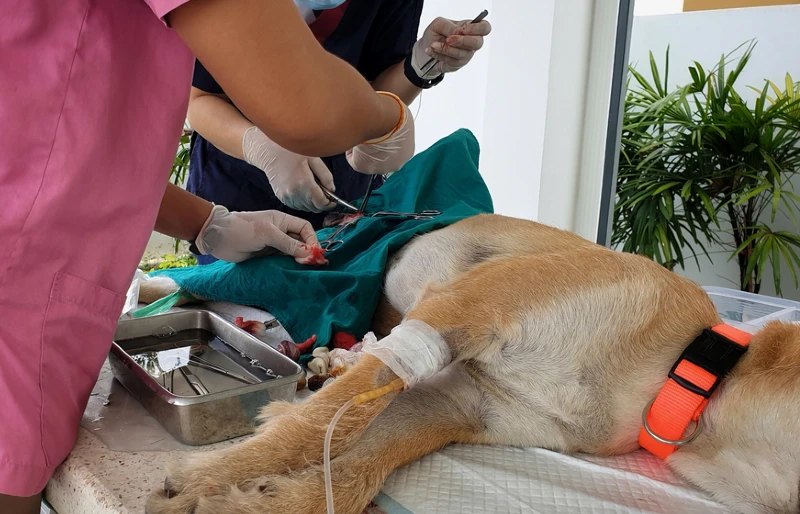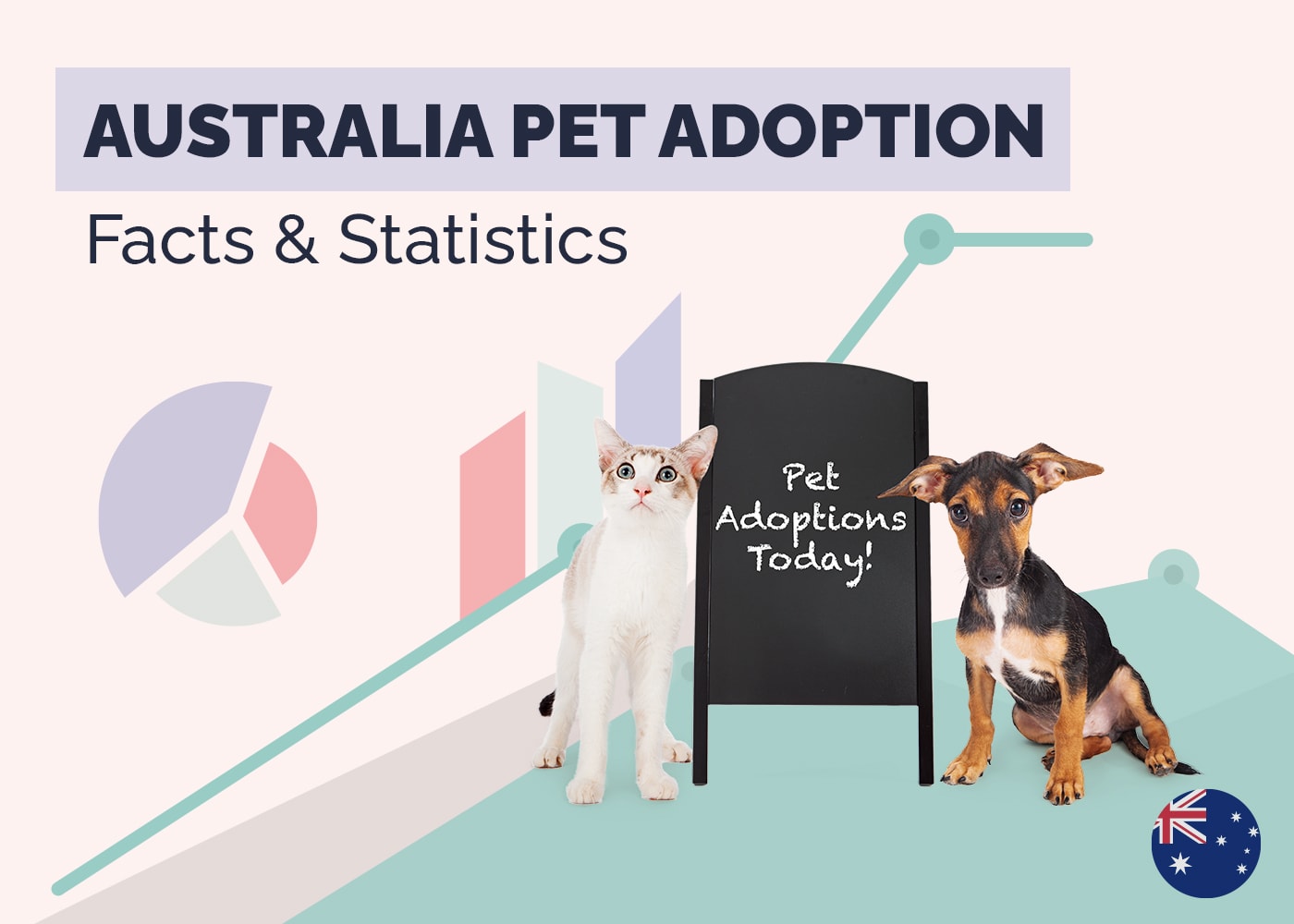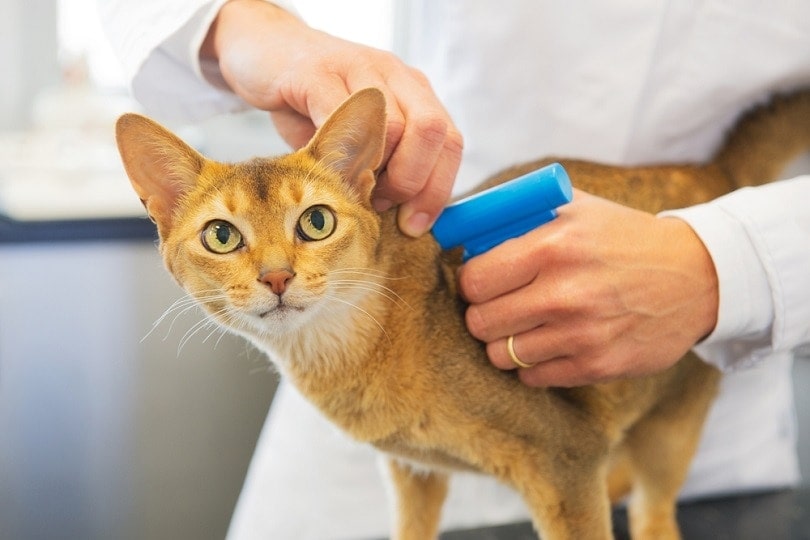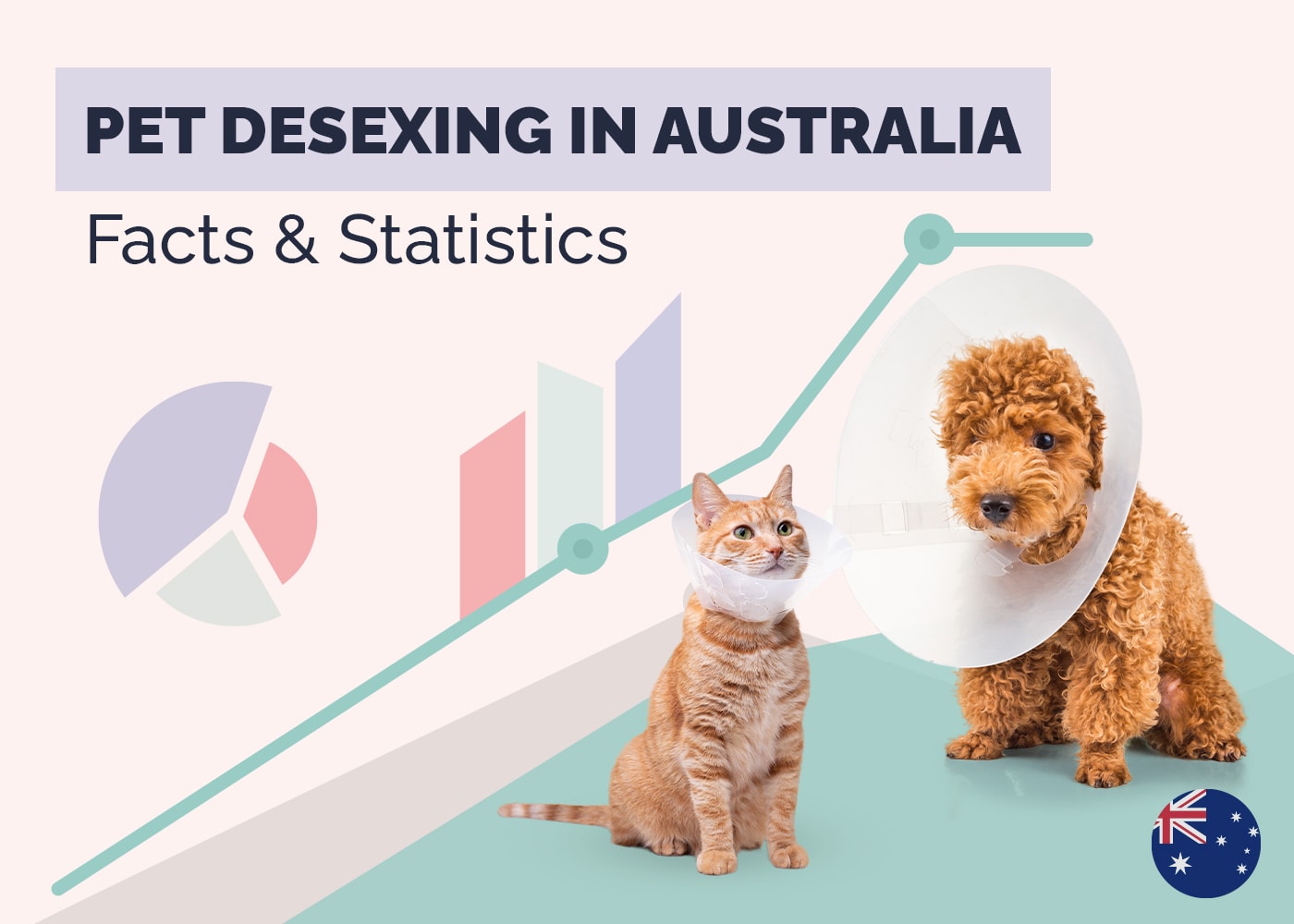What Is the Cost of Pet Insurance in Australia? (2024 Update)

Updated on

Pet insurance is designed to protect owners against the financial difficulties that can be faced if their pet becomes unexpectedly ill or suffers injury in an accident. Without insurance, the owner has to meet all of the costs of treatment, medication, rehabilitation, and other fees.
Depending on the policy chosen and the level of coverage, owners may have to pay anywhere from $0 to $500 when their pet needs care, with the insurance policy paying the remainder. The actual cost of pet insurance does vary according to a lot of factors, including the species and breed of pet as well as its age, gender, general health, and even the location where the pet lives. Policy type, as well as annual and lifetime limits and excess values, also determine the amount that a person pays.
In general, insurance can cost anywhere from $50 per month for accident-only policies to $80 per month for accident and illness coverage, and $100 per month for comprehensive policies, on average. But, the actual amount paid can be quite a lot higher or lower than this amount.
The Importance of Pet Insurance
Pet insurance is designed to meet some or all of the cost of treatment associated with unexpected illnesses and injuries that a pet suffers. The policyholder pays an annual sum or monthly installments, and if their cat or dog has to undergo treatment, the insurance company will typically pay the treatment cost minus any co-payment and deductible value. Having an insurance policy can prevent owners from being faced with veterinary bills totaling several thousand dollars. It means that the pet can receive the best possible treatment without the owner having to worry about whether they can really afford that level of treatment.
Some pet insurance policies include wellness or preventive coverage, as well, although this is usually limited to comprehensive policies and the extra coverage does come at an extra cost. Preventive care includes treatments like vaccinations, flea treatment, and deworming treatment. Although these policies do not usually work out much cheaper than paying for the treatments individually, they do allow the policyholder to spread the cost over the space of a year, rather than paying all in one go.
Another element of pet insurance is public liability. The level of public liability varies from policy to policy, and may not be available for certain breeds that are considered high risk, but this component of a policy covers the cost of damage to third-party property and injury to third parties caused by the pet.

How Much Does Pet Insurance Cost?
Pet insurance prices vary considerably according to the type of animal you’re insuring, as well as the breed, with dogs costing more to insure than cats, and certain breeds of dogs proving a lot more expensive than cross breeds. Insuring a French Bulldog, for example, can cost two or three times more than insuring a crossbreed like a Maltese Cross.
| Animal | Annual Insurance Premium |
| Cat | $650 |
| Small Dog | $1,400 |
| Medium Dog | $1,300 |
| Large Dog | $1,200 |
| Dog Breed | Annual Insurance Premium |
| Maltese Cross | $1,000 |
| Dachshund | $1,500 |
| Cavoodle | $1,000 |
| Labrador | $1,500 |
| French Bulldog | $2,600 |
Older dogs are more likely to get ill which means that insurers charge more for insurance policies for senior dogs. In some cases, it can be difficult to find insurance at all for older dogs. Other factors that influence the cost are the type of policy, with accident-only policies being the cheapest and comprehensive lifetime policies with added extras like wellness preventive care plans.
Another factor that can influence the price of insurance is whether an animal is desexed. This is especially true of dogs and dog insurance. Desexed dogs are less likely to develop certain illnesses and conditions and are less likely to develop or display behavioral issues.
Policy Types
There are different levels of policy, from basic accident-only policies that do not cover any illnesses but do cover against accidental injuries, to lifetime policies, that cover accidents and injuries and pay for the lifetime of each condition covered.
- Accident Only – Accident-only policies are the cheapest, but they cover less than other types of policies. The only illnesses that are covered by an accident-only policy are those that are incurred as a result of an accident. Otherwise, accident-only policies cover physical injuries sustained from accidents, including traffic accidents.
- Time Limited – A time-limited policy covers your pet for a set period of time for each new illness or injury. Most time-limited policies are 12-month policies. If your pet develops an illness and needs treatment for 6 months, this all falls within the time and you will be covered. If your pet develops a lifelong illness, they will only be protected for the first 12 months.
- Maximum Benefit – Maximum-benefit penalties have a financial cap, rather than a time limit. For example, if a policy has a $5,000 maximum benefit, your pet will be protected up to this value for each incident of illness or injury. If the cost exceeds this amount, the insurance will no longer cover it, but the benefit runs for the duration of the insurance policy and as long as you keep renewing and making payments.
- Lifetime – Lifetime policies are usually the most expensive because they provide the most comprehensive cover. The animal is covered for incidents throughout their lifetime. However, even these policies can have financial limits, such as an annual limit that is used for all incidents combined, or a lifetime limit. Generally, though, these limits are higher than with other types of pet insurance policies.
Limits & Excesses
When comparing insurance policies, owners should look at the limits and excesses that are in place.
- Excess Value – The excess value is the amount that the policyholder pays before the insurance starts to cover the remaining costs. So, if you submit a claim for $5,000 of treatment but have a $500 excess, the pet insurance company will reimburse the agreed share of $4,500 of the claim.
- Reimbursement Rates – Pet insurance does not usually cover the full 100% of a claim, even after subtracting the excess. The reimbursement rate is the percentage of the claim, minus your excess, that the insurer will pay. So, in the example above, if you submit a claim for $5,000 and have an excess of $500 and a reimbursement rate of 80%, the insurer will pay 80% of $4,500, or $3,600 and you will be left to pay the remaining $1,400.
- Annual Limits – An annual limit is the maximum amount that the insurer will pay in any twelve-month period. Some policies provide annual limits on each incident, and some policies have a combined annual limit.
- Lifetime Limits – A lifetime limit is the total amount that the insurer will pay over the lifetime of your pet for a specific condition. Once this limit has been reached, the insurer will not pay any more for that particular condition.
- Condition Limits – Per-condition limits may be set so that the insurer agrees to pay up to a certain amount per injury or illness. If your pet then suffers another injury or illness, they will have the same limit for this incident.
- Sub-Limits – Most policies have sub-limits. A sub-limit is usually provided for specific ailments or conditions and is lower than the general annual limit. For example, a policy might have a $10,000 annual limit with a $2,500 sub-limit on dental conditions.
Additional Features to Consider

There are a lot of pet insurance features that might or might not be included in any particular policy. Some to look out for include:
- Wellness Plans – Pet insurance is typically meant to cover unexpected illness and injury and will not cover routine or preventive care. However, some policies may offer wellness plans either as part of the package or as an optional add-on. These plans cover a limited amount of routine care each year and can typically be used for costs like flea and worming treatment. These may save you money over the year but check the limits and make sure that you will benefit from their use.
- Dental Care – Dental care isn’t necessarily included as standard in all policies, except where dental work is required as a result of an accident. Tooth decay and other dental conditions are very common, especially in older dogs, so dental care inclusion typically attracts higher premiums.
- Alternative Treatments – Some insurers allow the use of alternative treatments, where they are prescribed by a veterinary professional and administered by a licensed professional. Others do not. Such alternative treatments may include hydrotherapy, acupuncture, or laser treatment. If you want your dog to benefit from the use of alternative treatments, ensure that these are covered in any policy you consider.
- Prescription Diets – Prescription diets are another factor that is not always included as standard. If your vet believes that your dog would benefit from, for example, a food that is designed to support renal function, and your policy does not cover it, you will have to pay for the food yourself.
- Pre-Existing Conditions – Most pet insurance companies do not cover pre-existing conditions, but there are timelines for what is considered a pre-existing condition. For example, some policies may consider an illness to be cured if the vet has concluded treatment and the dog has been symptom-free for 12 months.
How to Save Money on Pet Insurance

Pet insurance can eliminate the financial hardship of unexpected illnesses and injuries to your pet, and enable you to make treatment choices based entirely on what is best for your pet. But that doesn’t mean you should pay more than you have to. There are some ways that you can save money on pet insurance.
- Reduce Coverage – You may not need a fully comprehensive policy for your dog, and taking a policy with annual limits for a generally healthy dog could save you hundreds of dollars a year.
- Increase Excess – Some insurers have a compulsory excess but may allow you to increase this level. Generally, the higher your excess, the lower your insurance premium because the insurer knows that they won’t have to pay out as much over the lifetime of the policy.
- Take Advantage of Discounts – There are many different discounts that can help reduce the cost of pet insurance. If you have two or more pets, look for policies that offer multi-pet discounts. See if your home insurance company offers a multi-policy discount if you take your pet insurance through them, as well. Other discounts may be available for those in the armed forces, pensioners, or students. You may also be able to get a discount if you pay annually, rather than monthly.
- De-sexing – De-sexing a pet reduces the risk of various illnesses and conditions, so insurers will usually offer lower premiums for pets that have been desexed.
Summary
Pet insurance can help protect your pets by ensuring that you have the financial support to be able to pay for treatment if your cat or dog suffers an injury or comes down with an unexpected illness. It also protects you from unexpected costs. Pet insurance prices vary according to the type, breed, and age of the animal being insured, as well as the type and level of coverage offered by the policy.
Generally, you can expect to pay between $50 and $100 per month for pet insurance, but there are policies that cost more or less than this.
Featured Image Credit: Drazen Zigic, Shutterstock







